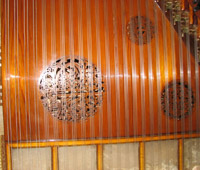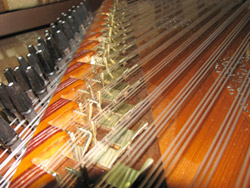


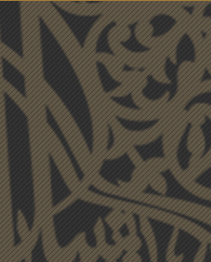


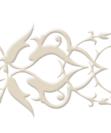
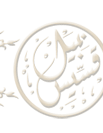
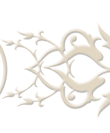
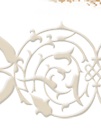


| Qanuns' History | |
|
Its appearance consists of a trapezoidal board with seventy eight (78) strings stretched by group of three (3) which provide different annotations each. The instrument is placed on the knees of the musician, or on a little table. The strings are pinches with the fingers or two (2) plectrums attached onto the index of each hand. The Syrians became interested in this tool only in XIXth century when a traditional school was founded to initiate people with this instrument. The qanun did not allow a great variation of melodies, but was developed since. Skilful craftsmen introduced many new features such as a metallic platform to transform sounds and developed certain of its characteristics. More than any other instrument in the Arabic music, the qanun is suitable for the display of virtuosity and melody enchantments, with a fast and adequate swinging of notes. This traditional Arabic instrument was replaced with time by the piano, itself an evolution of the harpsichord, an instrument which exchanged the zither's plectrums with hammers.
|
|

